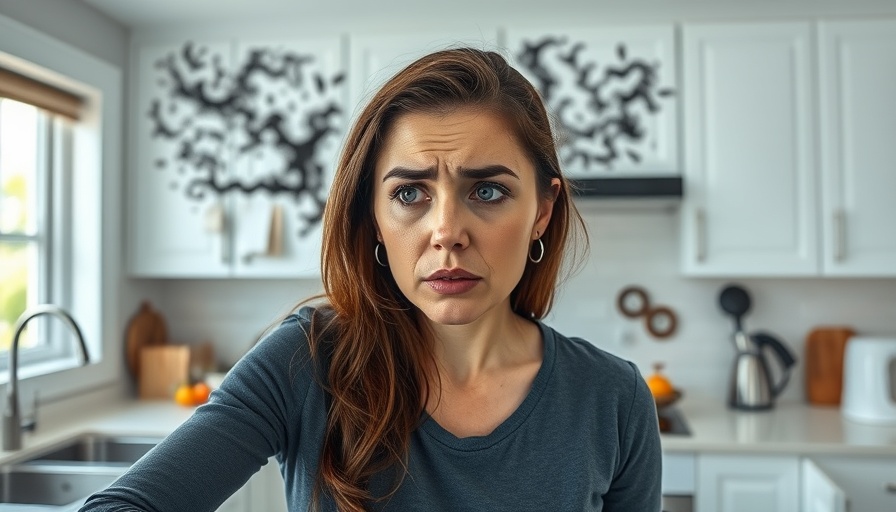
Spotting Black Mold: An Essential Guide for Homeowners
Black mold is a hidden menace in many homes, often lying in wait until health issues or property damage force homeowners to take notice. Knowing how to effectively test for and remediate black mold can protect both your health and your home.
Why Black Mold Is a Concern
Black mold, specifically Stachybotrys chartarum, can produce toxins known as mycotoxins that may lead to a variety of health issues. These include respiratory problems, skin irritations, and neurological consequences. Therefore, being vigilant about identifying and addressing mold growth is crucial, especially in humid climates or after water damage incidents.
Key Signs of Mold Presence
To protect your home, it’s vital to recognize early signs of black mold:
- Unusual Smells: A moldy smell often signals ongoing mold growth, even when it's not visible.
- Visible Stains: Dark spots on walls or ceiling paint bubbling are indicators of moisture issues that often foster mold.
- Health Symptoms: Persistent coughing or fatigue, especially indoors, may suggest mold exposure.
- Moisture Issues: Areas with condensation or leaks are hotspots for mold growth.
- HVAC Concerns: Allergies worsening with air conditioning may indicate the spread of mold spores through ductwork.
Testing Methods to Consider
Once you suspect mold, testing for its presence can be beneficial. DIY mold test kits are available at most home improvement stores; however, hiring a professional can provide a comprehensive assessment, especially in large homes or multi-story buildings.
Some common methods include:
- Air Testing: Measures mold spores in the air.
- Surface Testing: Confirms visible mold through swab tests or tape lifts.
- Bulk Testing: Samples from materials such as drywall or insulation.
Navigating Mold Remediation
If tests confirm the presence of black mold, remediation becomes necessary. Here are steps to take:
- Seal Off the Affected Area: Use plastic sheeting to prevent spores from spreading.
- Wear Protection: Ensure proper respirators, gloves, and goggles while handling mold.
- Remove Contaminated Materials: Dispose of damaged carpets, drywall, or furniture.
- Clean the Area: Use mold remediation products or a mixture of soap and water to clean remaining surfaces.
When to Call a Professional
In severe cases of mold infestation—especially those covering large areas or hidden behind walls—it might be best to hire a certified mold removal professional. They possess the tools and expertise to ensure the mold is thoroughly removed and to prevent return.
Preventing Future Mold Growth
Once remediation is complete, maintaining a dry environment is key to preventing future growth:
- Control Humidity: Use dehumidifiers in damp areas such as basements or bathrooms.
- Fix Leaks Promptly: Address plumbing or roof leaks immediately to reduce moisture.
- Improve Ventilation: Ensure that areas like attics and bathrooms are well-ventilated.
Conclusion
Recognizing the signs of black mold, understanding testing procedures, and knowing when to seek help are essential practices for homeowners concerned about mold. Don't leave your well-being to chance; keep your living spaces safe and healthy.
 Add Row
Add Row  Add
Add 



Write A Comment